Star + Top,Master the latest information on embedded AIoT technologyLike + Follow, let’s become better together!In recent years, industries such as smart cars, industrial IoT, and AIoT have experienced explosive growth, making embedded engineers a “hard currency” profession in these fields.Many students majoring in computer science or automation have already developed an interest in embedded technology during their studies. They generally believe that embedded technology will lead to good job prospects, is not overly competitive, and does not have a 35-year crisis.However, what is the reality of embedded technology positions? What does the career development path look like? Is there a ceiling on career and salary?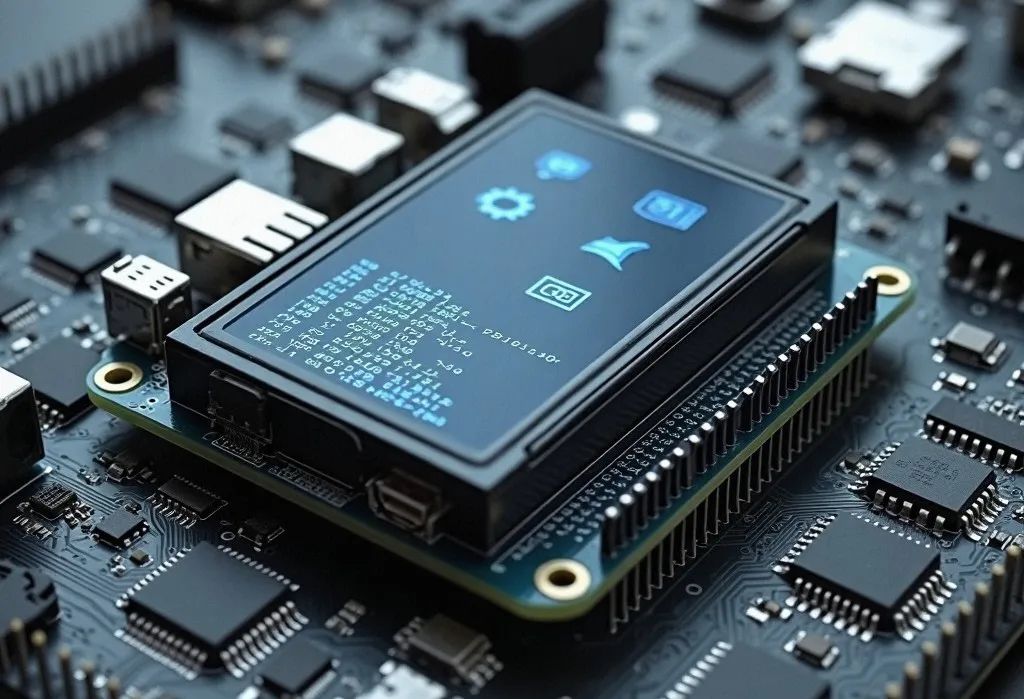 For the position of embedded software engineer, the career development path typically goes through three stages: junior, mid-level, and senior. The core competency requirements differ at each stage, and naturally, the salary levels vary as well.1. Junior Stage (1-3 years): Solidifying the foundation and establishing a footholdCore Competencies: Proficient in C/C++ (skilled in pointers, memory management), microcontroller development (e.g., STM32), RTOS (FreeRTOS/uC/OS), and hardware debugging tools (oscilloscope, logic analyzer).Typical Positions: Embedded Development Engineer, Driver Development Engineer, responsible for module code writing, hardware debugging, and documentation maintenance.Salary Level: In first-tier cities, bachelor’s degree 8-15K/month, master’s degree 15-25K/month. Top companies are exceptions, such as Huawei’s “Genius Youth” program and DJI SP offers with annual salaries reaching 300-500K.2. Mid-Level Stage (3-5 years): Technical breakthroughs and independent responsibilityCore Competencies: Mastery of Linux kernel development (process scheduling, memory management), system porting (Uboot/Kernel customization), complex protocol stacks (TCP/IP, MQTT), and performance optimization (real-time, low power consumption).Typical Positions: Senior Embedded Engineer, System Architect, leading medium-sized projects such as automotive systems and industrial controllers.Salary Increase: Monthly salary generally 20-40K, annual salary in the new energy/autonomous driving field 500-800K.3. Senior Stage (8+ years): Cross-domain integration and defining industry standardsCore Competencies: Technical and industry-level.Technical Level: AI edge computing (TensorFlow Lite deployment), functional safety (ISO 26262), heterogeneous computing (CPU + FPGA collaboration).Industry Level: In-depth understanding of vertical fields (e.g., FDA certification for medical devices, automotive-grade chip standards).Typical Positions: CTO, Chief Architect, responsible for formulating technical strategies and managing teams of hundreds.Salary Ceiling: Annual salary 800-1500K, top talents in chip design and intelligent driving can reach 2 million +.
For the position of embedded software engineer, the career development path typically goes through three stages: junior, mid-level, and senior. The core competency requirements differ at each stage, and naturally, the salary levels vary as well.1. Junior Stage (1-3 years): Solidifying the foundation and establishing a footholdCore Competencies: Proficient in C/C++ (skilled in pointers, memory management), microcontroller development (e.g., STM32), RTOS (FreeRTOS/uC/OS), and hardware debugging tools (oscilloscope, logic analyzer).Typical Positions: Embedded Development Engineer, Driver Development Engineer, responsible for module code writing, hardware debugging, and documentation maintenance.Salary Level: In first-tier cities, bachelor’s degree 8-15K/month, master’s degree 15-25K/month. Top companies are exceptions, such as Huawei’s “Genius Youth” program and DJI SP offers with annual salaries reaching 300-500K.2. Mid-Level Stage (3-5 years): Technical breakthroughs and independent responsibilityCore Competencies: Mastery of Linux kernel development (process scheduling, memory management), system porting (Uboot/Kernel customization), complex protocol stacks (TCP/IP, MQTT), and performance optimization (real-time, low power consumption).Typical Positions: Senior Embedded Engineer, System Architect, leading medium-sized projects such as automotive systems and industrial controllers.Salary Increase: Monthly salary generally 20-40K, annual salary in the new energy/autonomous driving field 500-800K.3. Senior Stage (8+ years): Cross-domain integration and defining industry standardsCore Competencies: Technical and industry-level.Technical Level: AI edge computing (TensorFlow Lite deployment), functional safety (ISO 26262), heterogeneous computing (CPU + FPGA collaboration).Industry Level: In-depth understanding of vertical fields (e.g., FDA certification for medical devices, automotive-grade chip standards).Typical Positions: CTO, Chief Architect, responsible for formulating technical strategies and managing teams of hundreds.Salary Ceiling: Annual salary 800-1500K, top talents in chip design and intelligent driving can reach 2 million +.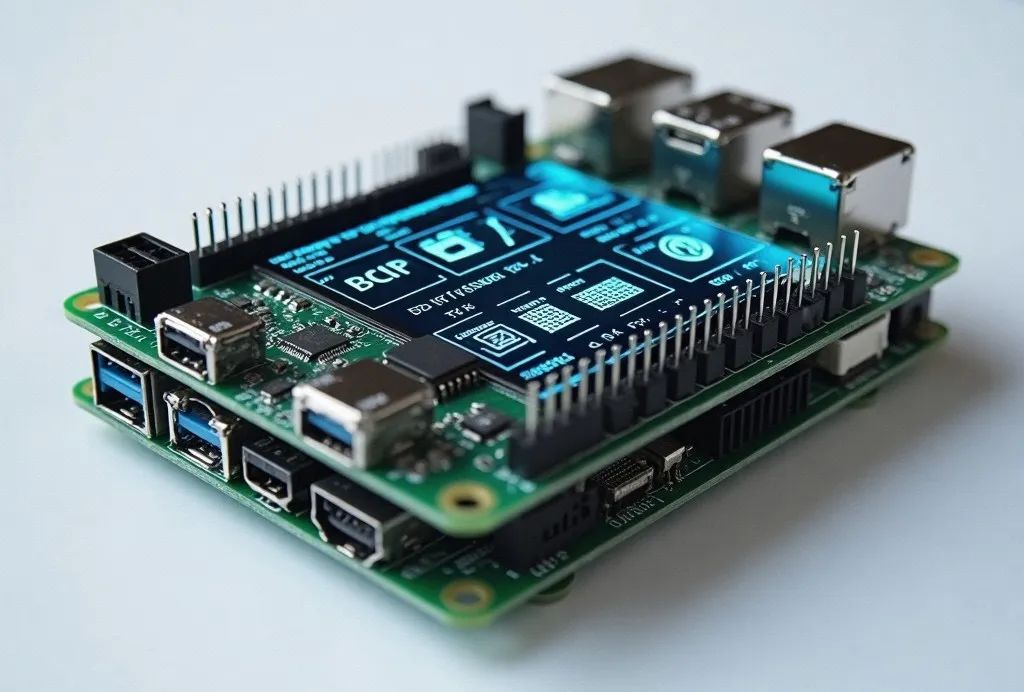 The above three development stages are not necessarily time-bound; reaching a certain level is not guaranteed by years of experience. It mainly depends on the engineer’s time investment, energy expenditure, and opportunities in the industry.I believe that the career ceiling for embedded software engineers is never about technology, but rather about insight into industry trends and the courage to break through cross-domain barriers!
The above three development stages are not necessarily time-bound; reaching a certain level is not guaranteed by years of experience. It mainly depends on the engineer’s time investment, energy expenditure, and opportunities in the industry.I believe that the career ceiling for embedded software engineers is never about technology, but rather about insight into industry trends and the courage to break through cross-domain barriers!
-END-
Previous Recommendations: Click the image to read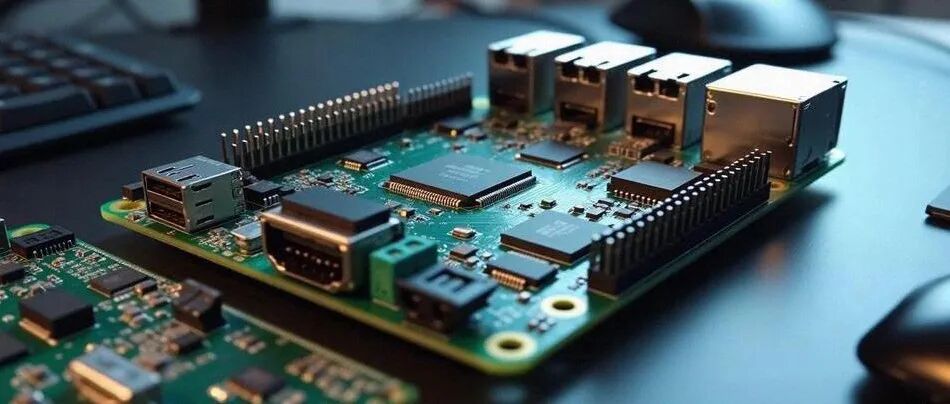
Common mistakes made by embedded software beginners when writing code!
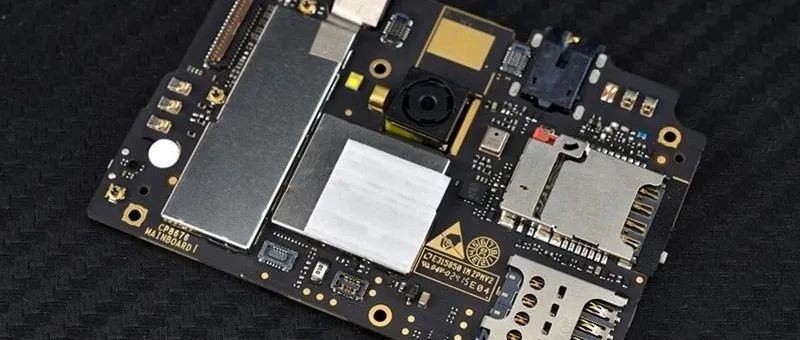
Embedded C language basics: How to pass structure information into a function?
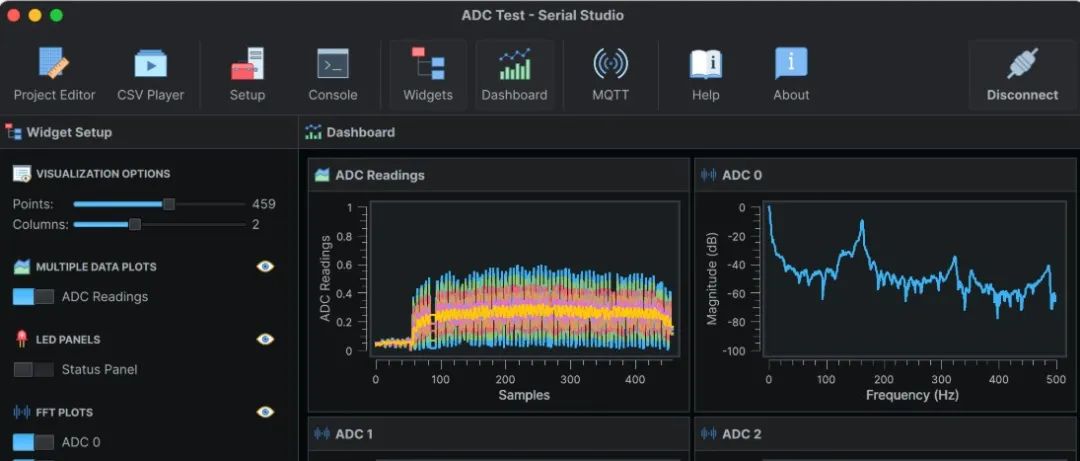
The efficiency tool for embedded developers: Practical analysis of Serial-Studio!
Star + Top,Master the latest information on embedded AIoT technologyLike + Follow, let’s become better together!